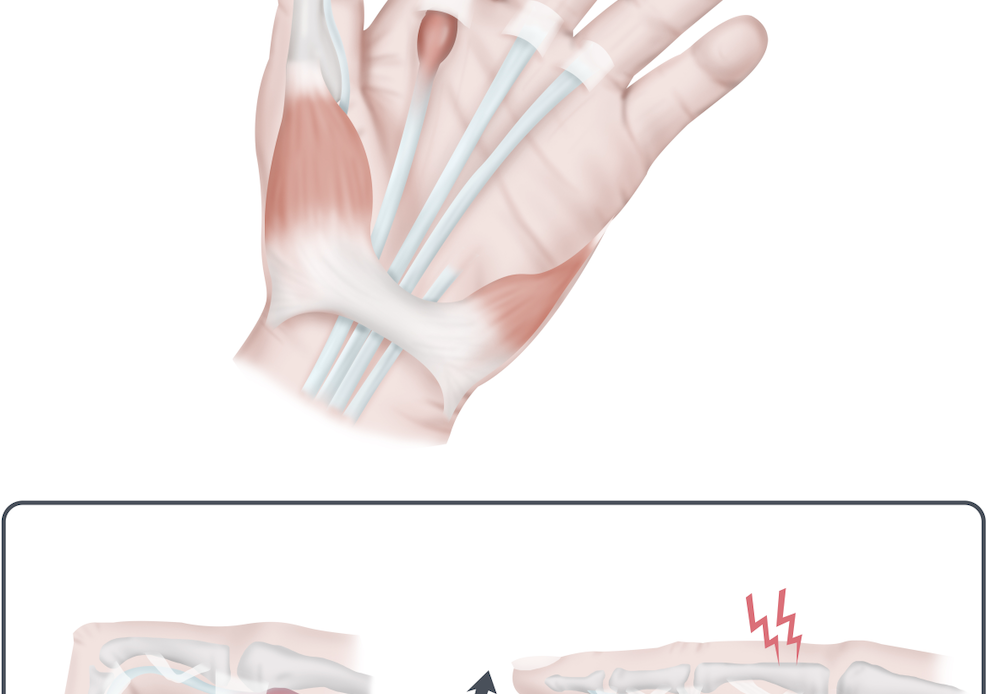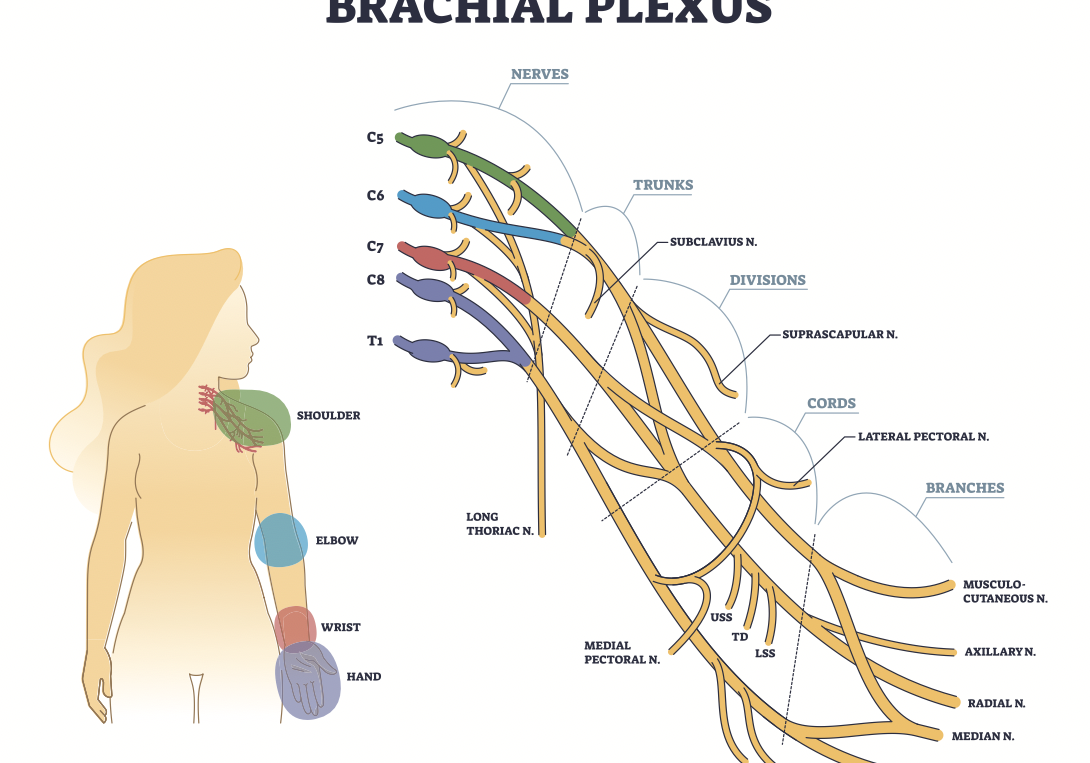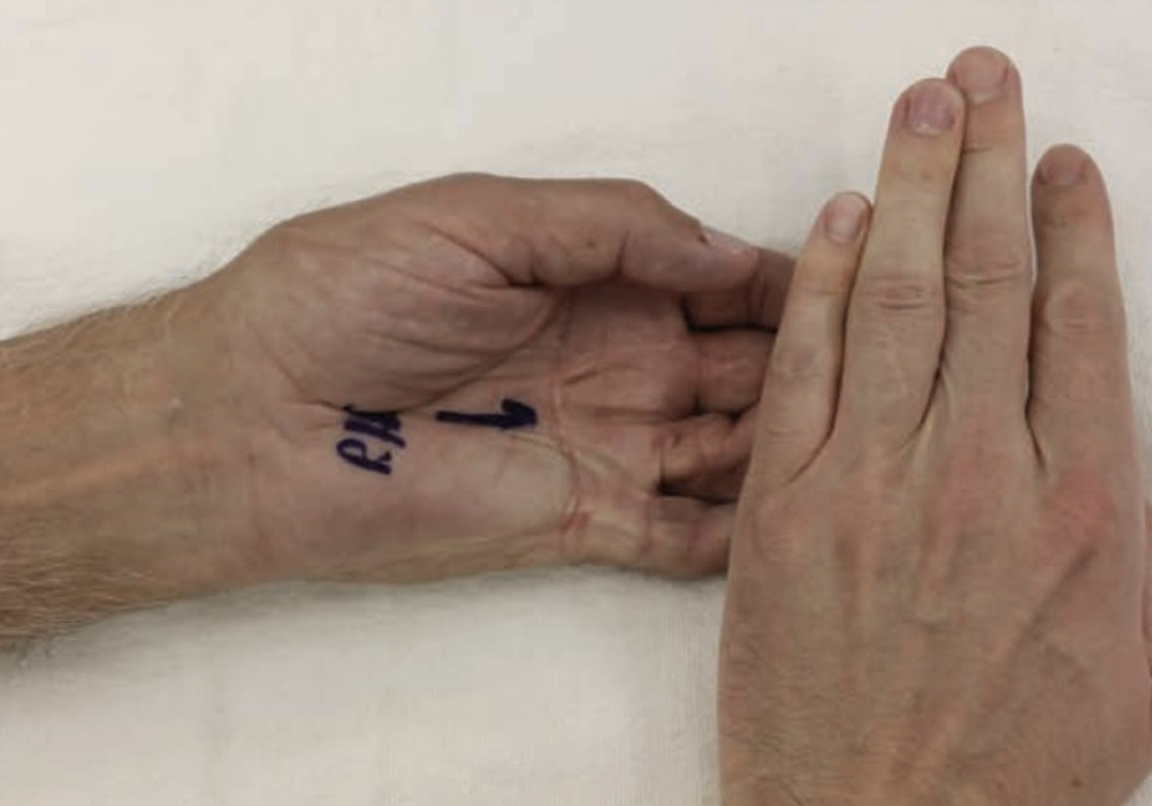What Is Continuing Education in Hand Therapy?
Definition and Scope
Continuing education in hand therapy refers to structured learning activities designed to help professionals stay current with advances in rehabilitation, surgical techniques, and evidence-based care. These opportunities include workshops, online courses, university programs, and specialty certifications that improve patient outcomes and ensure compliance with licensing requirements.
Why It Matters in Hand Therapy Professions
The field of hand therapy is continually advancing with new rehabilitation techniques, surgical procedures, and treatment protocols. Breakthroughs in orthopedics, neurology, and assistive technologies reshape how therapists approach recovery every year. Without ongoing education, hand therapy professionals risk falling behind, limiting their ability to deliver the most effective care to patients.

Importance of Lifelong Learning in Hand Therapy
Improving Clinical Competence
Hand therapists work with patients recovering from fractures, tendon injuries, arthritis, and nerve damage. Lifelong learning ensures they apply the latest treatment strategies, from advanced splinting techniques to functional task retraining.
Adapting to New Rehabilitation Protocols
New clinical guidelines and surgical methods require therapists to adjust their rehabilitation protocols. By engaging in continuing education, professionals can quickly integrate these updates into their practice.
Strengthening Professional Credibility
Specialized certifications and updated training build trust among patients, surgeons, and healthcare teams. A therapist who demonstrates commitment to professional growth is often more respected in clinical and academic settings.
Licensing and Certification Requirements
CEUs and State Regulations
Most states mandate a minimum number of continuing education units (CEUs) to maintain occupational therapy or physical therapy licenses. Hand therapy professionals must ensure that the courses they choose are approved by their state boards.
Renewal Deadlines for CHT (Certified Hand Therapist)
这 手部治疗认证委员会(HTCC) requires certified hand therapists (CHTs) to recertify every five years. This involves completing professional development activities, including CEUs, clinical practice hours, and contributions to the field.
Ethical Implications of Compliance
Failing to complete required CEUs can result in expired credentials, suspension of licensure, or diminished credibility with patients and peers. Ethically, therapists are responsible for staying competent and providing up-to-date care.
Types of Continuing Education for Hand Therapists
Hands-On Workshops and Labs
Practical workshops allow therapists to refine manual therapy techniques, splint fabrication, and post-operative rehabilitation strategies in real time.
在线课程和网络研讨会
Virtual programs provide flexibility, allowing therapists to earn CEUs from home. Many cover topics like ergonomics, tendon repair, or advanced exercise prescription.
Conferences and Symposiums
Annual events such as the ASHT Annual Meeting bring together global experts to share new research, clinical practices, and networking opportunities.
University Extension and Specialty Programs
Universities often run extension programs designed for advanced rehabilitation training, blending clinical science with research-backed practices.
Specialized Training Areas in Hand Therapy
术后康复
Advances in surgical techniques for tendon and ligament repair require therapists to stay updated on rehabilitation timelines and progressive mobilization protocols.
Nerve Injuries and Neurological Conditions
CEUs in this area cover rehabilitation following peripheral nerve injuries, brachial plexus conditions, and post-stroke hand dysfunction.
Pediatric Hand Therapy
Children present unique challenges in hand rehabilitation. Continuing education provides insights into pediatric splinting, developmental milestones, and engaging therapy approaches.
Ergonomics and Workplace Injury Prevention
With rising cases of repetitive strain injuries (RSIs), CEUs in ergonomics help therapists guide workplace interventions, preventing injury and supporting recovery.
Benefits of Continuing Education for Hand Therapy Professionals
Advancing Knowledge and Manual Skills
Every course adds to a therapist’s toolkit, from updated manual therapy methods to innovations in splint design and functional rehabilitation.
Increasing Patient Trust and Satisfaction
Patients feel more confident when their therapist is trained in the latest evidence-based practices, improving trust and treatment outcomes.
职业发展机会
Therapists with advanced certifications, such as CHT, gain access to leadership roles, teaching opportunities, and specialized positions in hospitals or research centers.
Networking with Multidisciplinary Teams
Workshops and conferences provide opportunities to collaborate with surgeons, occupational therapists, physical therapists, and researchers.
Challenges in Continuing Education for Hand Therapists
Time Management
Balancing clinical caseloads and professional learning can be demanding. Online formats help alleviate this challenge.
Financial Barriers
CEU programs can range from affordable webinars to costly multi-day conferences. Some employers and professional associations provide funding assistance.
Finding Accredited Programs
Not all continuing education programs are accredited. Verifying accreditation with state boards and HTCC is essential to ensure credits count toward recertification.
Best Practices in Hand Therapy Continuing Education
Creating Professional Development Goals
Setting annual learning goals helps therapists stay organized. For example, focusing on post-surgical care one year and ergonomics the next ensures balanced growth.
Balancing Clinical Work and Learning
Strategically planning CEU activities during lighter caseload seasons prevents burnout and maintains patient care quality.
Choosing Evidence-Based Programs
Programs backed by peer-reviewed research and professional organizations ensure therapists are learning practices that align with current medical standards.
Top Resources for Hand Therapy Continuing Education
ASHT (American Society of Hand Therapists)
ASHT offers workshops, webinars, and its annual meeting, all tailored to advancing the hand therapy profession.
HTCC (Hand Therapy Certification Commission)
The HTCC provides resources for recertification, professional development, and maintaining the prestigious 认证手部治疗师 (CHT) credential.
Online Learning Platforms and Universities
Websites such as 手部治疗学院 and university extension programs deliver flexible, accredited courses specifically for hand therapy professionals.
FAQs About Continuing Education in Hand Therapy
Q1: How often do Certified Hand Therapists need to recertify?
Every five years, through HTCC-recognized continuing education and clinical practice hours.
Q2: Can I complete my CEUs online?
Yes, many CEUs are available online, though some practical skills may require in-person workshops.
Q3: What topics are most valuable for hand therapy CEUs?
Post-surgical care, nerve rehabilitation, ergonomics, pediatric therapy, and splint fabrication are among the most in-demand.
Q4: Are CEUs required for both OTs and PTs specializing in hand therapy?
Yes. Both occupational therapists and physical therapists specializing in hand therapy must meet CEU requirements for licensure and certification.
Q5: Do employers cover continuing education costs?
Some employers offer full or partial reimbursement, especially in hospital or rehabilitation center settings.
Q6:如果我没有按时完成 CEU 会怎么样?
Failure to meet CEU or recertification requirements can result in license suspension or loss of CHT status.
Conclusion: Investing in Lifelong Growth
Continuing education for hand therapy professionals is more than a requirement—it’s a commitment to excellence. By staying updated with the latest rehabilitation strategies, therapists improve patient outcomes, strengthen their reputation, and advance their careers.
Each CEU earned represents not just compliance but dedication to helping patients regain function and independence. In a field where small improvements make life-changing differences, ongoing education isn’t optional—it’s essential.
更多阅读内容
接受腕管或扳机指松解术的糖尿病患者的伤口愈合并发症
作者:Amalia Garcia Gundlach, BK、Robbins, CB、Lawton, JN 和 Lien, JR (2021)。接受腕管和扳机指释放的糖尿病患者的伤口愈合并发症:一项回顾性队列研究。手外科杂志,S0363502321003014。 https://doi.org/10.1016/j.jhsa.2021.05.009 瘦身者 – 腕管和糖尿病 一般来说,患有糖尿病的人更……
阅读更多埃尔布氏麻痹症和克伦普克氏麻痹症的比较:症状、表现和治疗方案
什么是臂丛神经?臂丛神经是一组源自颈椎和胸椎神经根(从 C5 到 T1)的神经。臂丛神经形成上肢的 5 条周围神经,包括肌皮神经、正中神经、桡神经、尺神经和腋神经。这组神经提供运动和感觉支配……
阅读更多发现扳机指和掌腱膜掌腱膜之间的联系
发现扳机指和掌腱膜挛缩症之间的联系作者:Tayer Roost 参考文献:Yang, Gehring, M.、Bou Zein Eddine, S. 和 Hettinger, P. (2019)。手部狭窄性腱鞘炎与掌腱膜挛缩之间的关联。整形和重建手术。全球开放,7(1),e2088–e2088。 https://doi.org/10.1097/GOX.0000000000002088 The Skinny:这份回顾性图表回顾讨论了狭窄之间相关性的可能性……
阅读更多注册即可直接将更新发送到您的收件箱!
注册我们,我们将定期向您发送有关手部治疗的所有内容的博客文章、每次上传新视频和教程时的通知,以及讲义、协议和其他有用信息。





